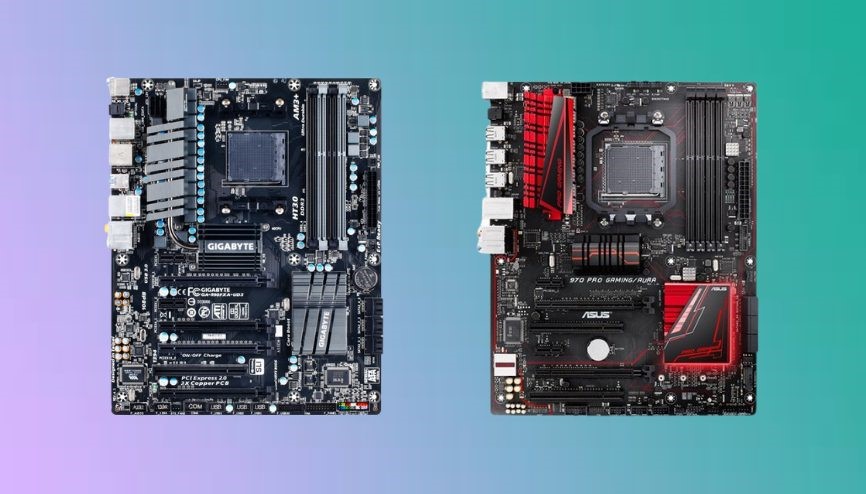Gaming displays have come a long way, dude. Tech keeps raising the bar for what we can see. When it comes to monitors, one thing peeps argue over hard is refresh rate, measured in Hertz (Hz). This article breaks down refresh rates and helps you pick the perfect one for your setup. Keen to know what rates are actually good for gaming these days? Stick around, and we’ll spill the juice. By the end, you’ll have all the information you need to choose a display that keeps gameplay buttery smooth. In this article, we will explore how many Hertz is good for gaming.
How Many Hertz is Good for Gaming? (Understanding Refresh Rate)
Alright, so refresh rates on monitors, yeah? Basically, it’s how many times per second the sucker can redraw the whole picture. They measure it in Hertz (Hz) which also corresponds to the maximum frames per second (FPS) it can handle. Most people just game on a standard 60Hz joint because that’s what most TVs and older monitors are. It gets the job done for casual smashing boxes and kicking back.
But if you’re playin’ competitive shit like Fortnite or Overwatch, where milliseconds count, you want to pump those numbers up. 120Hz or 144Hz makes everything but a crispy smooth. Then you got the sweaty tryhards playingin on the best 360Hz screens. I mean, I guess if you’re tryin’ to qualify for Worlds or whatever, it could shave off a few milliseconds. For the average gamer, though, anything 120 Hz or above should look primo. And most monitors these days are stuck at a humble 60 anyway, so you’re already ahead of the curve.
| Refresh Rate Range | Suitable For | Description |
| 60Hz | Casual Gaming, General Use | Standard for most monitors and consoles. |
| 120Hz – 240Hz. | Competitive Gaming, Fast-Paced | Ideal for fast-paced and competitive games. |
| 360Hz and Beyond | Professional Esports, Precision | Reserved for professional esports players demanding the highest performance. |
Variable refresh rate (VRR) technology:
So VRR tech like G-Sync and FreeSync was made to eliminate screen tearing when you game. That’s when your graphics card can’t keep up and only draws half a frame—it looks really ugly. With VRR, the monitor changes its refresh rate to match exactly what frames the GPU is putting out. So if it drops to 45 frames, the screen refreshes at 45 Hz too. This prevents any mismatch between the GPU and monitor.
It does this by getting the monitor to wait for the full next frame if needed, or just repeat the current one. This means half frames are never shown, so tearing disappears. Now lots of screens support it, not just high-refresh ones. It works seamlessly with refresh rates like 120Hz or 240Hz too, adjusting on the fly as needed. The key is making sure both your graphics card and monitor use the same VRR technology, like G-Sync compatibility. When set up right, it delivers super smooth gaming at any speed.
Finding the Right Balance:
When shopping’ for a new gaming monitor, there’s a few things to think about besides just the refresh rate. First, check what your graphics card can handle frame rate-wise. No point getting’ a monitor that has a higher refresh if your GPU can’t push that many frames. Also, consider the types of games you play. Fast-paced esports titles will benefit from higher refresh rates than single-player story games. Your budget matters too; refresh goes up, and price does too, usually. So decide what’s most important: refresh, size, resolution, etc. Fit it into your cash flow.
Don’t forget the panel type, either. Some have better colors, while others have a lower response time. Pick one that suits how and what kind of visuals you want. One more thing: your PC specs need to match the monitor’s VRR tech, like G-Sync or FreeSync for tear-free gameplay. Balancing all those factors will help you find the refresh sweet spot for your setup and gaming style versus just aiming’ for the highest number.
Conclusion
When it comes to picking a refresh rate for your gaming monitor, a few things matter most. For most gamers, anything between 120 and 240 Hz is a sweet spot; you get smooth visuals without breaking the bank. Unless you’re a hardcore pro, that range does the trick. But if you’re a serious esports baller or just want to max out your setup, screens at 360 Hz or higher can give you an edge. Just know you’ll pay out the ying for that premium performance.
Ultimately, only you can decide what’s “ideal” based on what you play, your GPU’s power, and your budget. Figure out what fits your style without stretching your funds too thin. Don’t stress if you don’t get the highest numbers out there. As long as your games look buttery and you can frag out, that’s what really counts. At the end of the day, finding the right balance for your setup is key to having an awesome gaming session. So do your thing and game on.
![How Many Hertz (Hz) is Good for Gaming? [Guide 2024]](https://techinssolution.com/wp-content/uploads/2024/02/11-1.jpg)
![Best GPU for Ryzen 5 5600X [Updated 2024]](https://techinssolution.com/wp-content/uploads/2024/02/1-1-1.jpg)

![Best GPU for i5 10600K [2024]](https://techinssolution.com/wp-content/uploads/2024/05/feature-image-1.jpg)
![8 Best GPU for Ryzen 7 5700G [2024] Guides](https://techinssolution.com/wp-content/uploads/2024/05/feature-image.jpg)
![Should I buy a tray Processor? [Explained with Pros & Cons]](https://techinssolution.com/wp-content/uploads/2024/04/feature-8-1.jpg)
![What are CPU Cores? [All functions explained] 2024](https://techinssolution.com/wp-content/uploads/2024/03/feature-img-2.jpg)


